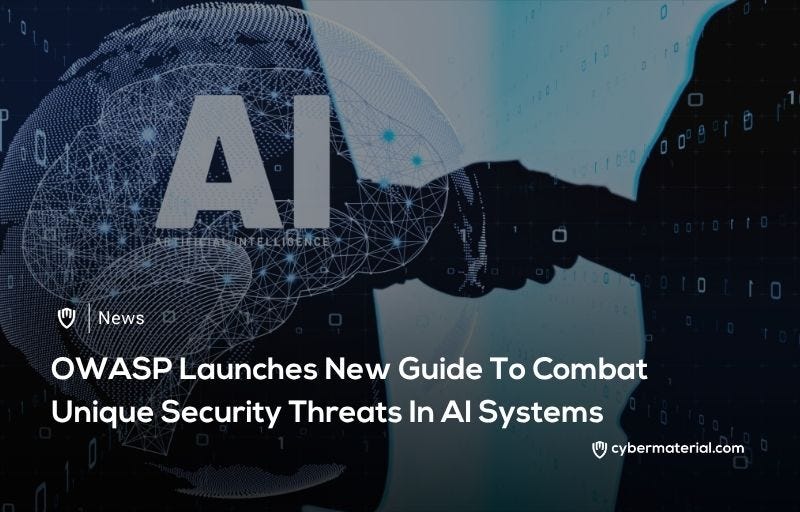
The Open Web Application Security Project has announced the development of its comprehensive new OWASP AI Testing Guide. This specialized framework emerges as organizations increasingly integrate artificial intelligence solutions into many of their critical business operations. The guide was launched by security experts Matteo Meucci and Marco Morana to detect AI-specific security vulnerabilities.
Unlike all of the traditional software testing methodologies, this new framework addresses unique vulnerabilities in machine learning systems. It emphasizes adversarial robustness testing, which evaluates the resilience of AI systems against all carefully crafted malicious inputs. These adversarial examples can potentially compromise system integrity through techniques such as various model extraction and data poisoning attacks. The new framework also incorporates differential privacy protocols to ensure full compliance with strict data protection regulations.
It represents a groundbreaking initiative designed to complement OWASP’s many other existing, well-known security testing frameworks.
Traditional software testing always assumes deterministic outcomes, but artificial intelligence systems instead exhibit probabilistic, non-deterministic behavior. The OWASP AI Testing Guide introduces specialized regression testing methodologies that account for variance in artificial intelligence outputs. The framework places a significant emphasis on detecting data drift and on implementing continuous system monitoring protocols. The guide provides structured approaches for fairness assessments and also for many different important bias mitigation strategies.
The project maintains technology and industry neutrality, ensuring applicability across many diverse artificial intelligence implementation scenarios.
The guide serves software developers, architects, data scientists, and risk officers throughout the entire product development lifecycle. The framework also establishes documented evidence protocols for all risk validation, enabling organizations to demonstrate their due diligence. This systematic approach addresses regulatory compliance requirements while building stakeholder confidence in artificial intelligence system deployments.
Reference:
The post OWASP Releases New AI Security Test Guide first appeared on CyberMaterial.


